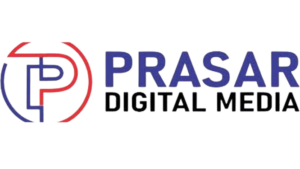Website Development & Design
Website development and design involve creating and maintaining websites, combining technical development and creative design to build functional, visually appealing, and user-friendly online platforms. Here’s an overview of the key aspects:
1. Website Development
Website development focuses on the technical implementation of a website. It involves coding, functionality, and ensuring the site works as intended.
Key Components:
- Frontend Development:
- Technologies: HTML, CSS, JavaScript.
- Focus: Building the visual part of the website that users interact with, including layouts, animations, and responsive design.
- Backend Development:
- Technologies: PHP, Python, Ruby, Java, Node.js, etc.
- Focus: Managing server-side operations, databases, and ensuring smooth communication between the frontend and backend.
- Database Management:
- Tools: MySQL, MongoDB, PostgreSQL.
- Role: Storing and retrieving data efficiently.
- Testing and Debugging:
- Purpose: Ensuring the website functions correctly across different browsers and devices.
2. Website Design
Website design focuses on the aesthetics, usability, and overall user experience (UX) of a site.
Key Components:
- UI/UX Design:
- Tools: Figma, Adobe XD, Sketch.
- Focus: Creating a user-friendly interface and a seamless navigation experience.
- Visual Design:
- Elements: Typography, color schemes, images, and graphics.
- Goal: Aligning the visual style with the brand identity.
- Responsive Design:
- Importance: Ensuring the website looks great and works well on all devices (desktops, tablets, and mobile).
- Accessibility:
- Standards: WCAG (Web Content Accessibility Guidelines).
- Objective: Making websites usable for people with disabilities.
3. Full-Stack Development
Combines frontend and backend development skills to handle the entire process of creating a website.
- Developers proficient in both areas are referred to as full-stack developers.
4. Tools and Technologies
- Content Management Systems (CMS):
- Examples: WordPress, Joomla, Drupal.
- Benefit: Allow non-technical users to manage content easily.
- Frameworks:
- Frontend: React, Angular, Vue.js.
- Backend: Django, Flask, Laravel, Express.js.
- Version Control:
- Tools: Git, GitHub, Bitbucket.
- Purpose: Managing code changes and collaboration.
- Deployment and Hosting:
- Platforms: AWS, Google Cloud, Netlify, Vercel.
5. Key Considerations
- SEO (Search Engine Optimization):
- Optimize for search engines to improve visibility.
- Performance Optimization:
- Fast loading times and minimal downtime.
- Security:
- Protecting user data and preventing breaches.
- Analytics Integration:
- Tools like Google Analytics for tracking user behavior.
If you’re interested in specific aspects, like choosing tools, creating a design mockup, or coding best practices, feel free to ask!
